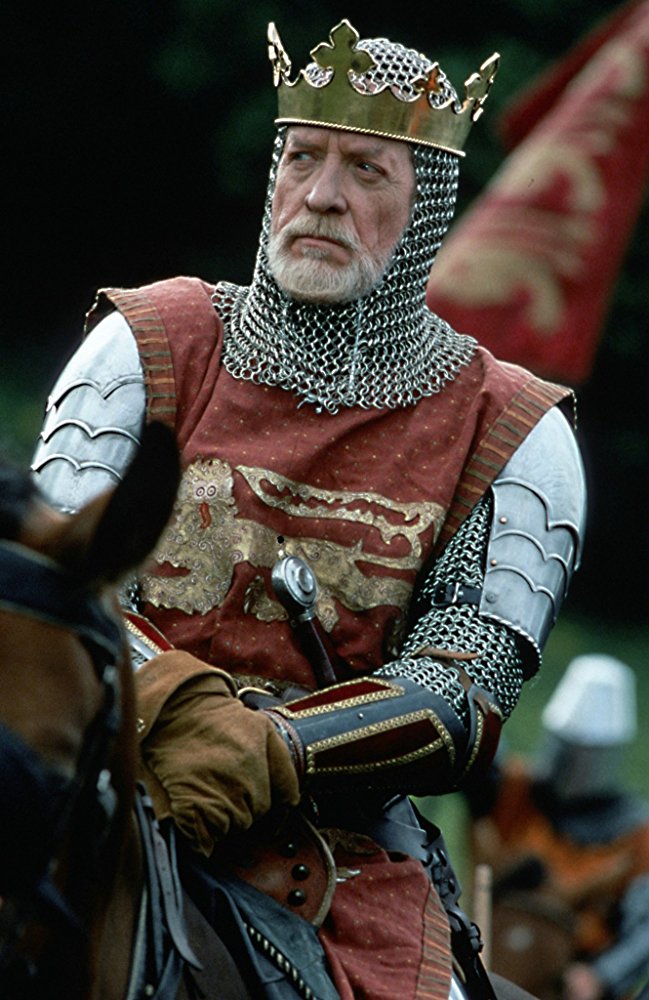Edward I of England (1239-1307) was king of England from 1272 until his death in 1307.Although he initially sided with the barons in their reform movement, he soon abandoned this stance and realigned with his father, Henry III (1207-1272), and fought on his behalf in the Second Barons' War (1264-1267). After England had been pacified, Edward e...
Show more »
Edward I of England (1239-1307) was king of England from 1272 until his death in 1307.Although he initially sided with the barons in their reform movement, he soon abandoned this stance and realigned with his father, Henry III (1207-1272), and fought on his behalf in the Second Barons' War (1264-1267). After England had been pacified, Edward embarked on the Ninth Crusade (1271-2), which ended in failure. On his return home, he was informed that his father had died, and that he was now king of England.After spending the early years of his reign focused on legal reforms, his attentions turned toward military matters. In 1282-3, he launched a full-scale war of conquest in Wales, after which he built numerous castles and towns in Wales which he populated with Englishmen.He next turned his attention toward Scotland. Scotland and England had coexisted relatively harmoniously in the 13th century. Unfortunately, in the 1280s all three of King Alexander III's children died in quick succession just before Alexander himself in 1286. This left only Alexander's granddaughter: Margaret, Maid of Norway (her father was King Erik II of Norway). Margaret was far from an ideal heir. Not only was she out of the country (in Norway; she had never even been to Scotland), but more importantly, she was only three-years-old at the time. Competition for control of the kingdom quickly sprouted between the houses of Balliol and Bruce. In an attempt to put these claims to rest, the Treaty of Birgham was drawn up in 1289, which designated that Margaret would marry Edward's son, the future Edward II (1284-1327). Although the treaty made overtures that Scotland would remain independent, English scribes put in enough clauses to negate Scottish claims of independence. The matter was further complicated when Margaret died while en rout to Scotland. Fourteen claimants vied for the crown, primarily John Balliol and Robert Bruce. Edward was asked to adjudicate in the dispute, and eventually ruled in favor of John Balliol. However, Edward exerted dominion over Baliol. The final straw came when Edward demanded that Scotland provide military assistance against France. The Scots refused in 1295, made a peace treaty with France, and rebelled against England. The rebellion failed and was swiftly crushed by Edward, who then installed Englishmen to run Scotland.The constant warfare of Edwards reign put a tremendous financial strain on the royal treasury. Edwards solution to this was to attack the source of loans: Englands Jewish population. In 1290, he issued the Edict of Expulsion, forcing all Jews to leave the kingdom, and denying them the right to take their possessions with them. With this move, Edward was able to not only eliminate his own debts, but also seize the wealth of all of the wealthy lenders in the kingdom.Although the situation in Scotland seemed resolved in 1295, rebellion soon flared up again in 1297 around the figure of William Wallace. Through a combination of good planning and patience on Wallaces behalf, and poor judgment on behalf of Cressingham Warrenne (commanders of the English army), the Scottish army managed to thoroughly route the English at the Battle of Stirling Bridge in September of that year.The Scottish victory shocked England, and Edward himself rode out to face Wallace (this would be the first major battle in which Edward had personally participated since 1265). In July of 1298, the two forces met at the Battle of Falkirk. Although the Scots are said to have fought fiercely and inflicted heavy casualties on the English, the day ended in an English victory. Edward continued the campaign in Scotland, but after Falkirk, the Scots avoided open battle, preferring instead to conduct smaller raiding attacks into northern England.Wallace was betrayed and captured in 1305 and publicly executed in London. Edwards success appeared nearly complete, but in 1306, Robert Bruce murdered his rival John Comyn and had himself crowned King of Scotland. Edward, now in ill health, entrusted the suppression of this new threat to his son and two of his lords. The English met with early success, routing the Bruce at the Battle of Methven in June. However, the tide soon turned with the victory going to the Bruce at the Battle of Loudoun Hill in 1307.Edward traveled north in an attempt to confront this problem personally, but old age and ill health got the best of him. He contracted dysentery died just south the Scottish border that same year. He was succeeded by his son, Edward II, who, in addition to the throne, inherited his fathers war with the Scots.
Show less «



